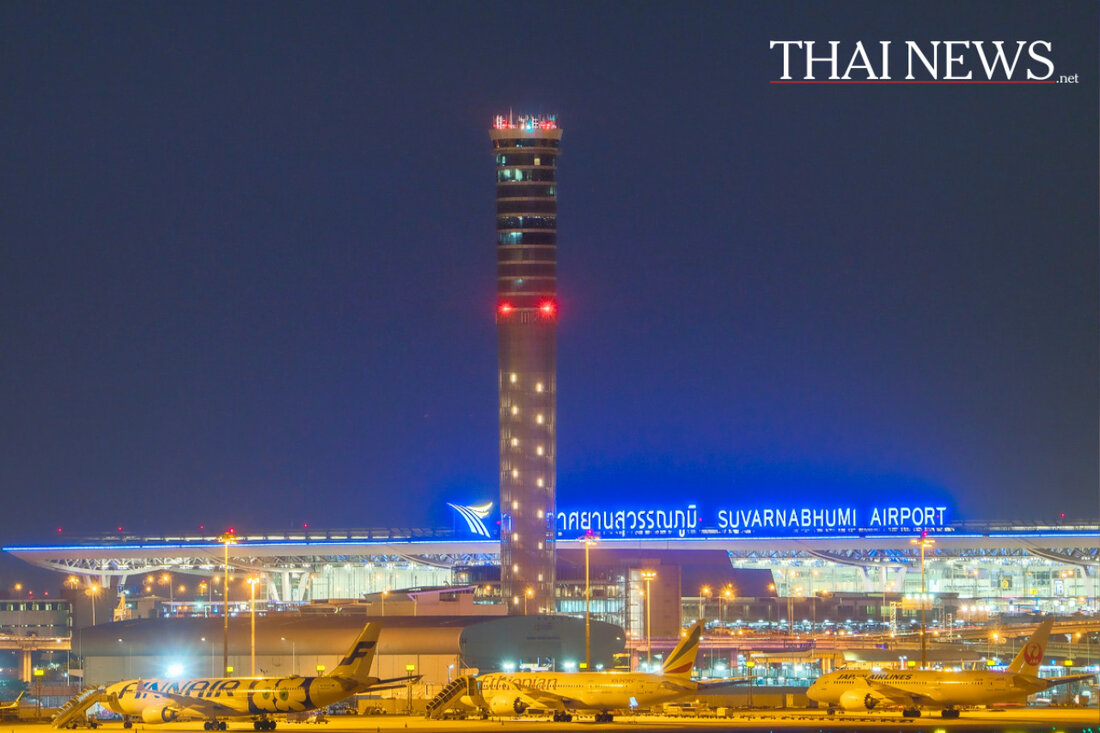AOT changes course: Thailand on the way to becoming an aviation center!
AOT is transforming its business model to strengthen itself as Thailand's aviation hub. Passenger numbers are increasing, challenges remain.

AOT changes course: Thailand on the way to becoming an aviation center!
The Thai aviation industry has been at its best in recent years. A clear trend has emerged recently: the managing director of Airports of Thailand (AOT) presented at a seminar the new strategy aimed at changing the business model from commercial revenue to aeronautical services. The goal? To establish Thailand as a regional aviation center, reports Nation of Thailand.
The economic recovery after the pandemic is unmistakable. Passenger numbers have risen sharply and in the last financial year, the AOT's six airports - including Suvarnabhumi and Phuket - handled a total of 125 million passengers. This means growth of 5.6% and thus a market share of 86% of total air traffic in Thailand. Flight volumes also increased, with operations increasing by 7.6% to a total of 788,000 flights. Despite these positive developments, interim chief executive Paweena Jariyathitipong warned of an unbalanced revenue structure that could jeopardize the long-term viability of the organisation.
The aviation industry in Thailand has developed significantly over the past decade. Low-cost airlines in particular have made the domestic flight market cheaper and more accessible. The return of Chinese tourists, who made up the largest group of international visitors before the pandemic, is highlighted as a crucial factor in the stabilization and growth of the air passenger sector, it said Statista.
Growth and profits in air transport
A look at the key economic figures underlines the positive development of the industry. In 2024, Thailand's aviation sector recorded an impressive growth of 22%, generating record profits of 56.4 billion baht, as Thailand Tip reported. This development is considered a “golden year” for the industry, reaching new highs in sales and profitability.
The forecasts for the entire industry are also optimistic. The number of air passengers is estimated at 141 million in 2024, an increase of 16%. The freight volume also increased by over 22% to 1.51 million tons. These developments are not only the result of a rebound in tourism, but also due to a booming e-commerce sector.
Future prospects and challenges
Despite the recovery, challenges remain. The airline industry faces rising costs, geopolitical uncertainty and fluctuating oil prices. In addition, the Thai government is planning additional airports and wants to expand existing hubs such as Don Muang and Suvarnabhumi. The goal is to move from 19th to 9th place in global air traffic by 2033.
A good hand in infrastructure development and strengthening the national airlines are crucial. Here, both the government and the private sector need to work hand in hand to improve the efficiency and connectivity of airports. One thing is certain: the Thai aviation industry still has a lot of potential and the course for a successful future has already been set.

 Suche
Suche
 Mein Konto
Mein Konto
